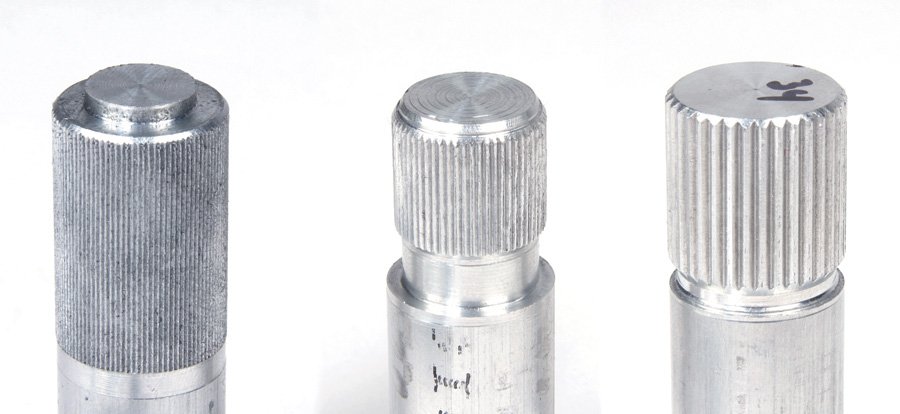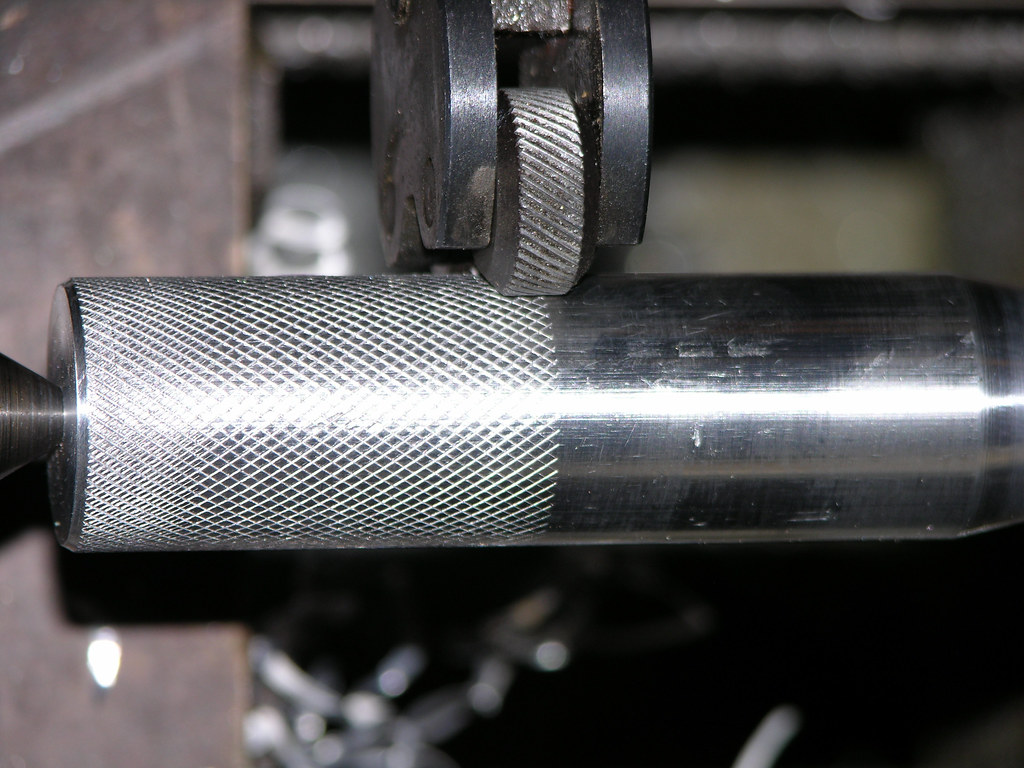Knurling isn’t just a fancy term in the manufacturing world; it’s the technique that brings both grip and style to tools and parts. But what exactly is knurling, and why does it matter which pattern you choose? Today, we delve into the fascinating world of knurling and explore the key differences between cross-knurling and straight knurling. So, let’s dive in and find out which knurling pattern reigns supreme.🚀
Understanding Knurling
Knurling is a manufacturing process where a pattern of straight, angled, or crossed lines is rolled into the surface of a material, typically metal. This pattern is not only decorative but also functional, providing better grip on handles, knobs, and other items. The process can be carried out using a lathe or a specialized knurling tool.
The Basics: Cross Knurling vs. Straight Knurling
🔸 Cross Knurling
Cross knurling, also known as diamond knurling, features a crisscross pattern that forms diamond shapes. This type of knurling is highly valued for its excellent grip and slip resistance, making it ideal for applications where a firm hold is crucial. Whether you’re dealing with tools, machinery parts, or handles, cross-knurling ensures that your grip remains secure, even in challenging conditions.

Key Features:
- Diamond-shaped pattern: The intersecting lines create a visually appealing and functional diamond design.
- Superior grip: The textured surface provides enhanced friction, reducing the chance of slipping.
- Versatile application: Commonly used in tools, grips, and any parts where a secure hold is necessary.
Straight knurling, however, features parallel lines etched into the surface. This pattern is sleek, aesthetically pleasing, and often used for decorative purposes. Straight knurling is preferred in applications where detailed precision is required, and the primary need is not necessarily a strong grip but a stylish appearance.
Key Features:

- Parallel lines: The straightforward linear pattern offers a clean and sophisticated look.
- Decorative appeal: Enhances the visual appeal of components without adding excessive texture.
- Precision use: Ideal for applications where aesthetics and precise detailing are essential.
Comparing the Two: When to Use Which?
Choosing between cross and straight knurling depends largely on the intended application and the specific requirements of the part being manufactured.
Cross Knurling
Straight Knurling
- Best for grip: If the primary need is to ensure a firm grip, such as on tool handles or mechanical parts, cross knurling is the way to go.
- Applications: Commonly used in hand tools, machine handles, and grips where slip resistance is paramount.
- Best for aesthetics: When the look and feel of the part are more important, straight knurling offers a refined and professional finish.
- Applications: Ideal for decorative elements, precision tools, and parts where the visual design takes precedence over grip.
The Knurling Process: How It's Done
Knurling can be performed using various tools and techniques, depending on the desired pattern and the material being knurled. Typically, a lathe is used to press the knurling tool against the workpiece, embossing the pattern onto the surface. The choice of knurling tool for cross or straight knurling determines the resulting texture.
For more detailed information on knurling tools and techniques, you can check out resources such as:
Conclusion: Which Knurling Team Are You On?
Cross-knurling and straight-knurling each have their unique advantages and ideal applications. Cross knurling stands out for its superior grip and practical utility, while straight knurling shines in decorative and precision roles. The choice ultimately depends on your specific needs and the desired outcome for your project.
At #TeamMBP, we pride ourselves on our knurling expertise and are here to help you choose the perfect pattern for your requirements. Stay tuned for the full article on our website, where we’ll dive deeper into the world of knurling. Which knurling team are you on? Comment below and let us know!
Stay tuned for more insights and expert tips from #TeamMBP. Happy Knurling! 🌟

Your blog is a true hidden gem on the internet. Your thoughtful analysis and engaging writing style set you apart from the crowd. Keep up the excellent work!